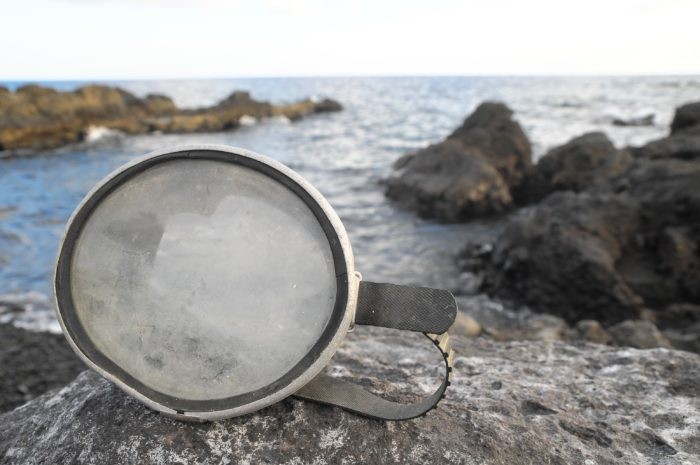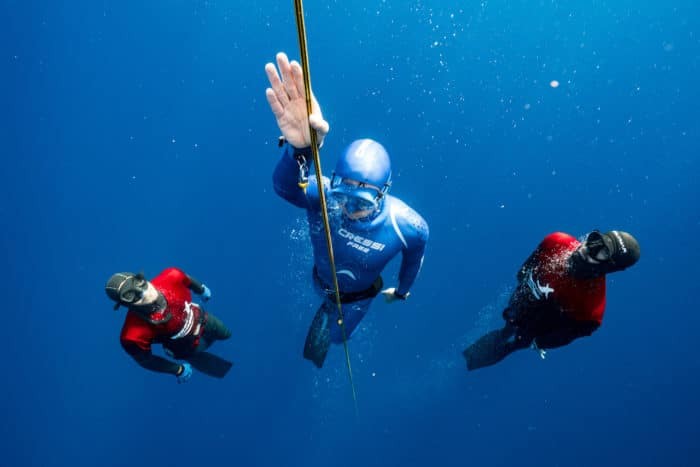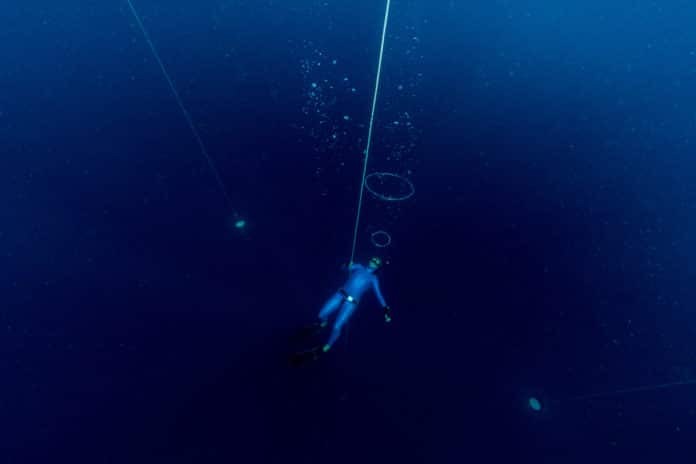The media often portrays freediving as a dangerous, extreme, adrenaline-inducing sport. But is it really?
These media sources often focus on the deaths of champions such as Natalia Molchanova, Nicholas Mevoli, Audrey Mestre, spearfishers, and solo freedivers. The media exists to sell itself; so what is more sensational for viewers and readers to see? How peaceful and safe freediving is? Or how foolish people keep dedicating themselves and ending their lives in a senseless sport? So let us take a look at how dangerous freediving is from a realistic perspective.
Early Days of Modern Freediving
Freediving as a sport is still relatively young but has been steadily gaining popularity in recent years. There has not been considerable scientific research done in regards to freediving, in fact, in the early days of freediving, scientists believed that people could not go beyond 30m (98ft), and now the current record for no-limits is 214m (702ft)!
Since freediving competitions have not been around very long, in past competitions there were many rules and regulations that had yet to be created and implemented. Freedivers were not taking blackouts seriously and diving past their limits, some had repeated lung squeezes and would continue to dive shortly after, and spitting blood was not a big deal. Now, there are counter ballast systems in place instead of relying on scuba divers for safety, lanyard regulations, and rules that include having a doctor clear a competitor to dive after a significant squeeze. Freediving as a sport has greatly evolved over time, and is safer now more than ever for competitors who explore their limits.

Equipment Failure
One of the most attractive parts of freediving includes the little reliance on equipment. Freedivers depend only on their lungs, whereas scuba divers depend on their air tanks, regulators, and BCDs. If any of those pieces of equipment have trouble or fail while scuba diving, depending on the depth, it is not safe to surface straightaway. Freedivers can ascend or descend as quickly as they like; they are in control of the depth of the dive and dive time.
Even when it comes to the equipment, if a lanyard gets tangled in something on the line, the majority of lanyards have quick releases; if a weight belt releases at depth, a freediver can just abort the dive and ascend. The less reliance put on the equipment, the more control is put into the diver’s hands. This equipment failure factor affects the safety of sports like skydiving, scuba, and rock climbing, but freediving leaves you to be more dependent on your own body and abilities than on a piece of man-made equipment.

Proper Safety
The most important rule in freediving is to never dive alone. With that being said, there are still those who ignore the risks of solo freediving and choose to freedive alone, despite the possible fatal consequences. One of those consequences is shallow water blackouts. While shallow-water blackouts are a frequent cause of death for freedivers and spearos, blackouts are usually only fatal when one is diving alone. When the number one rule in freediving is employed (never freedive alone), a diver’s buddy can execute proper safety protocol and bring a blacked-out diver to the surface, where they can recover and avoid drowning.
Some freedivers hyperventilate, which is a major contributing factor to blackouts, and any type of breath manipulation should be avoided when freediving. Even decompression sickness is still a bit of a mystery when it comes to freediving, yet certified courses teach you to not freedive after scuba diving, outline recommended surface interval times between dives, and stipulate how many deep dives should be performed per day.
Unfortunately, divers who avoid getting certified by freediving agencies and are self-taught mimic techniques they see performed on YouTube videos or forums and are not aware of these rules. When exploring a sport such as freediving, it is important to go through a certified course and understand the science behind freediving and the importance of always diving with a buddy. Unfortunately, many freediving deaths reported in the media involve divers who were diving alone and suspected of hyperventilating.
Staying Within Your Limits
Freediving should not ever be about pushing your limits. As freedivers progress with depth or with distance, the recommended and safe way taught in courses is to proceed slowly, adapt your body to depth before attempting to go deeper, and always stop and abort the dive if there is any pain. There are systems, exercises, and stretches in place for those who are advanced divers and wish to push themselves more than a recreational freediver. The sport itself is about knowing your body, knowing your limits, and mental preparation, as well as physical preparation.
The truth behind the “dangers” of freediving
The key to freediving is mental and physical relaxation, a slow heartbeat, and an almost meditative state of mind; adrenaline is exactly the opposite of what is meant to be achieved during a dive. Calling freediving dangerous and reporting solely on deaths, which are often avoidable ones, is extremely damaging to the sport and its reputation. Taking a proper freediving course, following the rules, never diving alone, and staying within your limits makes freediving one of the safest sports, especially when practiced recreationally.


